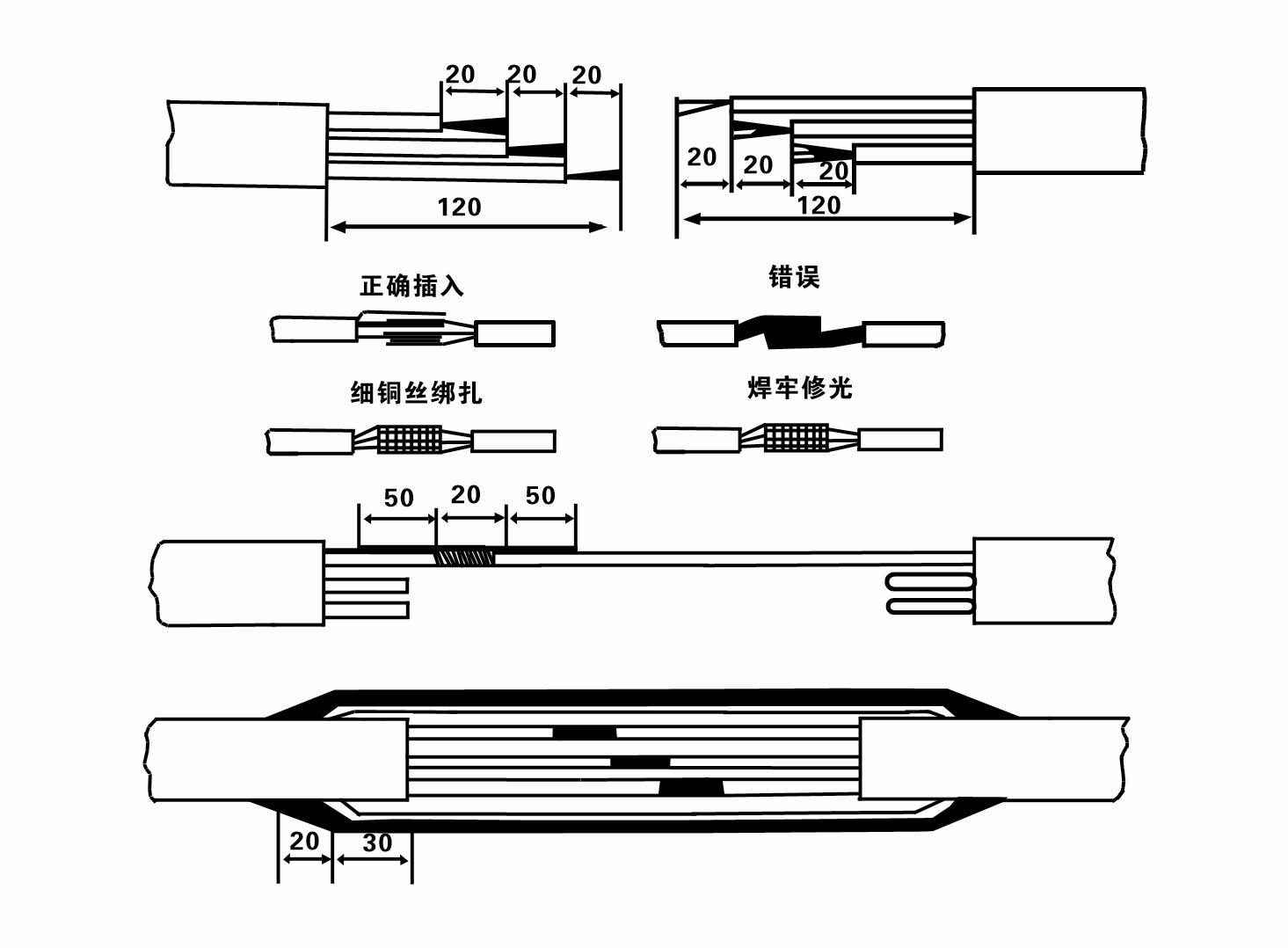Oct . 11, 2024 19:55 Back to list
Steps to Properly Prime Your Submersible Pump for Optimal Performance
How to Prime a Submersible Pump
Submersible pumps are widely used for a variety of applications, including dewatering, irrigation, and wastewater management. One crucial step in ensuring the effective operation of a submersible pump is the priming process. Proper priming helps to remove air from the pump and its intake line, allowing it to operate efficiently without cavitation or other issues. This article will guide you through the steps you need to take to prime a submersible pump effectively.
Understanding Priming
Priming is the process of filling the pump and its suction line with liquid before starting the pump. Submersible pumps are designed to be submerged in the fluid they are pumping, so they are inherently self-priming in many cases. However, certain conditions, such as long suction lines, excessive air in the line, or specific pump designs, may require manual priming.
Step-by-Step Guide to Priming a Submersible Pump
1. Gather the Necessary Tools and Equipment Before starting the priming process, ensure you have all necessary tools and equipment on hand. This may include a hose, a bucket or container to hold water, and any required safety gear, such as gloves and goggles.
2. Check the Pump’s Condition Inspect the submersible pump to ensure it is in good condition. Look for signs of wear or damage, especially the electrical components, seals, and impeller. If any issues are found, it’s best to repair them before attempting to prime and operate the pump.
3. Position the Pump Place the pump in the water source from which it will draw fluid. Ensure that the pump is fully submerged to prevent it from sucking in air. The depth of submersion should meet the manufacturer’s specifications to avoid cavitation.
4. Prepare the Discharge Line Before priming, check the discharge line for blockages or kinks. Clear any obstructions that might impede the flow of water. Ensure that the discharge pipe is set up correctly and securely connected to the pump.
how to prime a submersible pump

5. Fill the Pump with Water To prime the pump manually, fill the pump with water through its vent or access point, typically located at the top of the unit. You can use a bucket or a hose to pour water into the pump until it is full. This step is crucial to remove any trapped air in the pump casing.
6. Open the Discharge Valve If the pump has a discharge valve, make sure to open it partially or fully, depending on the need. This will help air escape from the system and allow water to flow freely once the pump starts.
7. Turn on the Power After confirming that the pump is filled with water and that the discharge line is clear, turn on the power to the pump. Monitor the pump closely during the initial start-up.
8. Observe the Pump Operation Watch for any unusual sounds or vibrations that may indicate a problem. Ideally, the pump should begin to push water through the discharge line within a few moments. If it does not, you may need to re-prime the pump or troubleshoot potential issues, such as blockages or mechanical failures.
9. Check for Air Leaks Once the pump is operational, periodically check for any air leaks in the suction line or joints. Air leaks can cause the pump to lose prime or reduce its efficiency. Seal any leaks promptly to maintain proper operation.
10. Regular Maintenance After successfully priming and operating the pump, regular maintenance is essential to ensure longevity and consistent performance. This includes routine checks, cleaning, and servicing as needed.
Conclusion
Priming a submersible pump is a critical step in ensuring its efficient operation. By following the steps outlined above, you can effectively prime your pump and help it deliver optimal performance. Always refer to the manufacturer’s guidelines for specific instructions related to your model and, if in doubt, consult a professional for assistance. Properly maintained, a submersible pump can provide years of reliable service in various applications.
-
Submersible Water Pump: The Efficient 'Power Pioneer' of the Underwater World
NewsJul.01,2025
-
Submersible Pond Pump: The Hidden Guardian of Water Landscape Ecology
NewsJul.01,2025
-
Stainless Well Pump: A Reliable and Durable Pumping Main Force
NewsJul.01,2025
-
Stainless Steel Submersible Pump: An Efficient and Versatile Tool for Underwater Operations
NewsJul.01,2025
-
Deep Well Submersible Pump: An Efficient 'Sucker' of Groundwater Sources
NewsJul.01,2025
-
Deep Water Well Pump: An Efficient 'Sucker' of Groundwater Sources
NewsJul.01,2025
-
 Submersible Water Pump: The Efficient 'Power Pioneer' of the Underwater WorldIn the field of hydraulic equipment, the Submersible Water Pump has become the core equipment for underwater operations and water resource transportation due to its unique design and excellent performance.Detail
Submersible Water Pump: The Efficient 'Power Pioneer' of the Underwater WorldIn the field of hydraulic equipment, the Submersible Water Pump has become the core equipment for underwater operations and water resource transportation due to its unique design and excellent performance.Detail -
 Submersible Pond Pump: The Hidden Guardian of Water Landscape EcologyIn courtyard landscapes, ecological ponds, and even small-scale water conservancy projects, there is a silent yet indispensable equipment - the Submersible Pond Pump.Detail
Submersible Pond Pump: The Hidden Guardian of Water Landscape EcologyIn courtyard landscapes, ecological ponds, and even small-scale water conservancy projects, there is a silent yet indispensable equipment - the Submersible Pond Pump.Detail -
 Stainless Well Pump: A Reliable and Durable Pumping Main ForceIn the field of water resource transportation, Stainless Well Pump has become the core equipment for various pumping scenarios with its excellent performance and reliable quality.Detail
Stainless Well Pump: A Reliable and Durable Pumping Main ForceIn the field of water resource transportation, Stainless Well Pump has become the core equipment for various pumping scenarios with its excellent performance and reliable quality.Detail
